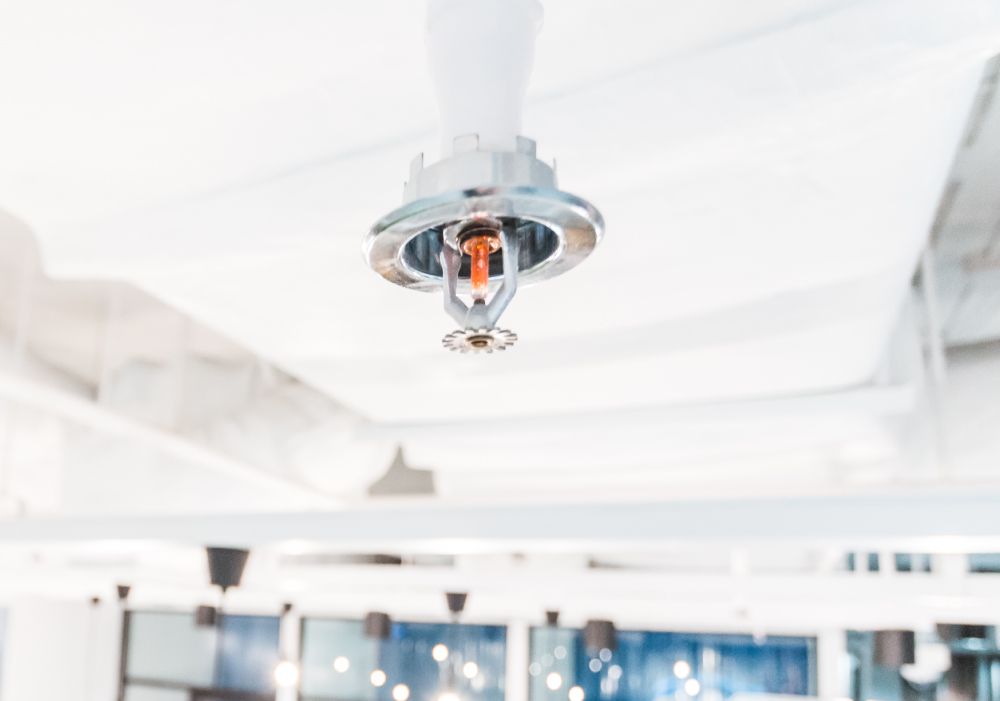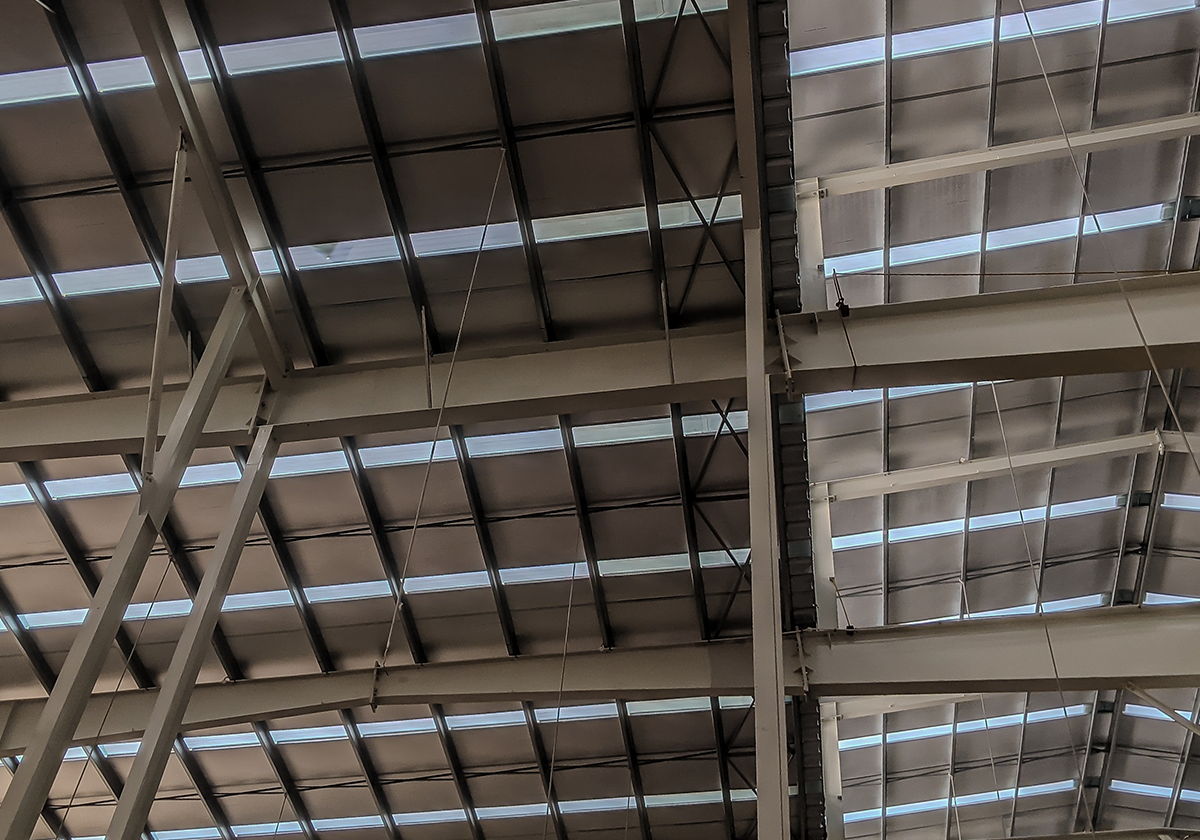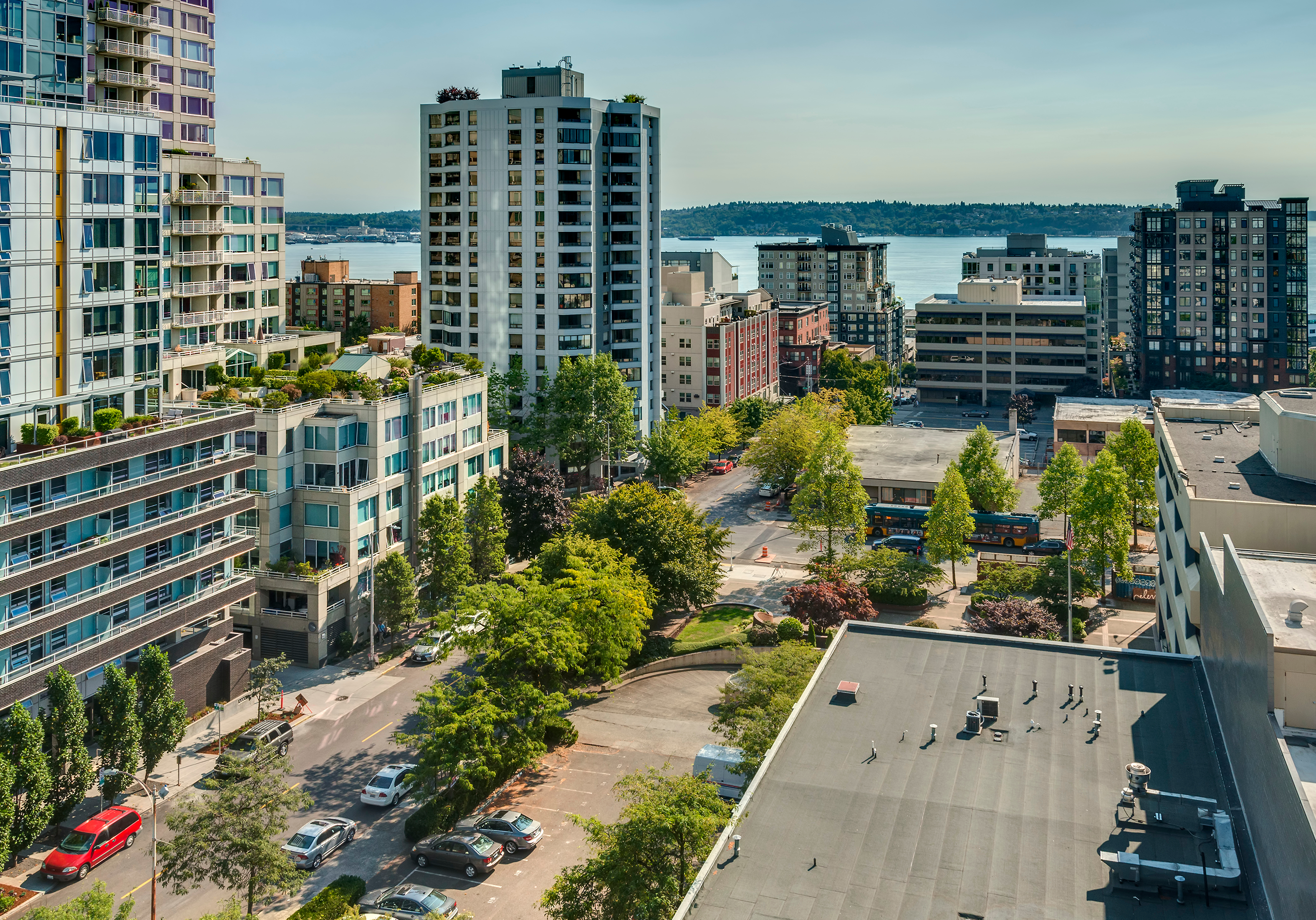WSRB evaluates automatic fire sprinkler systems for fire insurance rating credit according to our filed rating schedule. In order to ensure a system is properly designed for the occupancy, is being adequately maintained for insurance purposes, and was properly installed, we need the following:
- Complete set of “As-Built” sprinkler plans.
- Hydraulic calculations for each sprinkler system (if applicable).
- Completed Contractor’s Material and Test Certificates, signed and dated, for the Underground and Above-ground piping. This includes the results of the main drain test (static and residual pressures), local alarm test indicating maximum time to operate, and a full trip test using the inspector’s test outlet if there is a dry pipe valve (normal air pressure, trip time, trip point air pressure, time of discharge at the inspector’s test outlet).
If we get the above information, we can better evaluate a system and believe with confidence that it will perform as expected. This will result in a higher possible mechanical grade and more advisory rating credit.
Related:
WSRB's Essential Guide to Commercial Property Risk Assessment
What happens if the required documentation isn't available?
Because we often don’t rate buildings until they are several years old, the above documentation is sometimes hard to come by. Fire sprinkler systems commonly fail because they are improperly designed for the current occupancy or they are not adequately maintained and tested. So, we have adjusted our criteria for classifying buildings as sprinklered.
If we get a copy of a recent confidence test (annual inspection, testing, and maintenance on the sprinkler system) done within the last year, showing the appropriate main drain test, any trip tests done on dry systems, the local alarm test, and we can determine the design and demand of the sprinkler system through a placard at the riser, plans, or partial hydraulic calculations, we will evaluate it for credit as a sprinklered building.
If we get a copy of a recent confidence test, along with an application to survey the building, we will go out and try to determine if there is enough information on site to grade the system. In some cases, there won’t be (no design information, the system isn’t designed for the current occupant, conflicting information on the system), in which case we will continue to classify the building as non-sprinklered.
Installation methods or designs which do not meet minimum NFPA standards, systems that are designed for life safety (i.e. NFPA 13R systems), systems that are not properly maintained and/or systems that have inadequate water supplies will receive little or no credit on their fire insurance loss costs and will not be coded as sprinklered.
Note: Hotels are sometimes installed in accordance with NFPA 13 (property protection, eligible for coding as a sprinklered building) and sometimes in accordance with NFPA 13R (life safety, not eligible for coding as a sprinklered building).
Rating credit is always subject to verification of the sprinkler installation and conditions existing at the time of our inspection.











